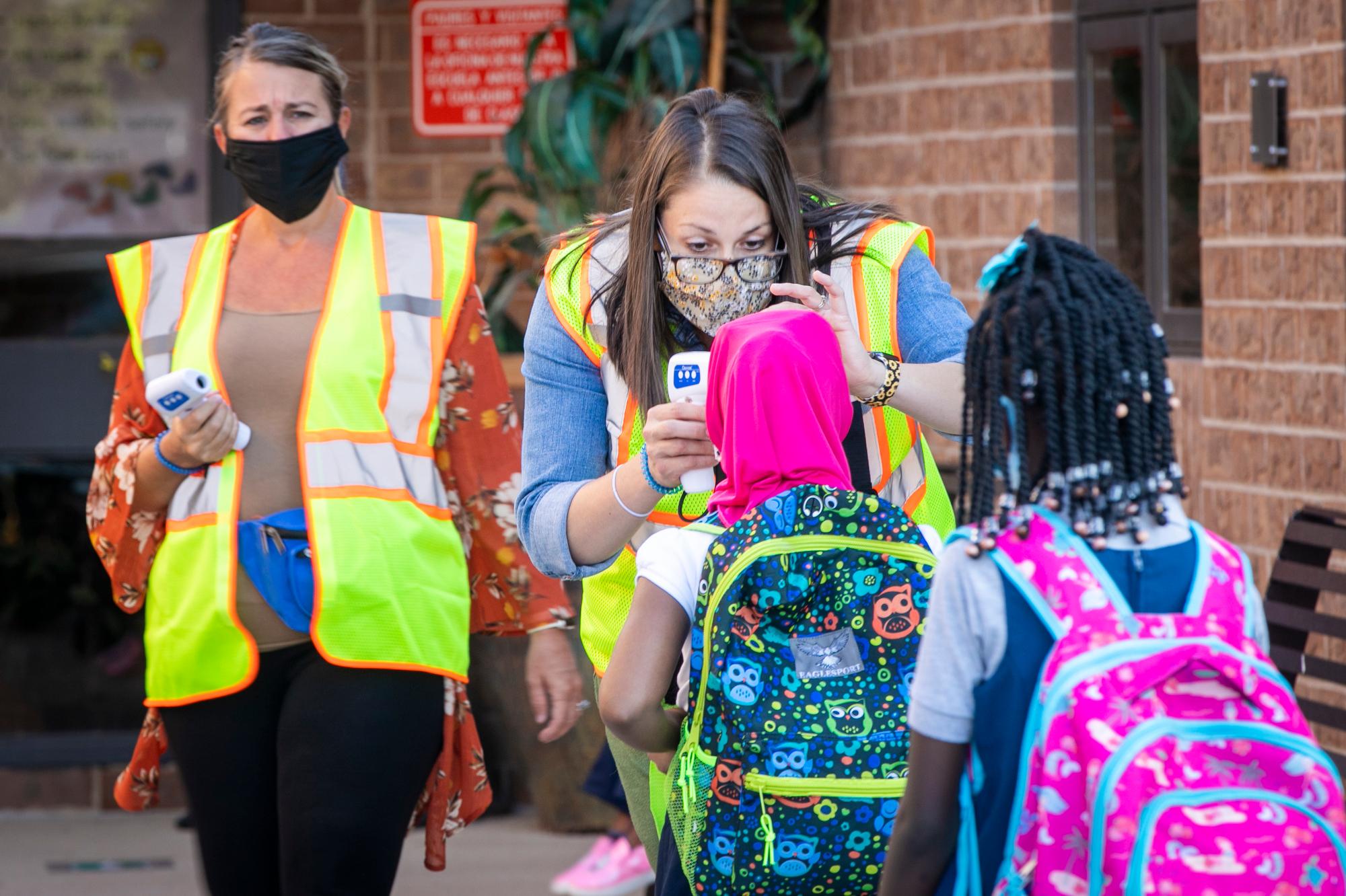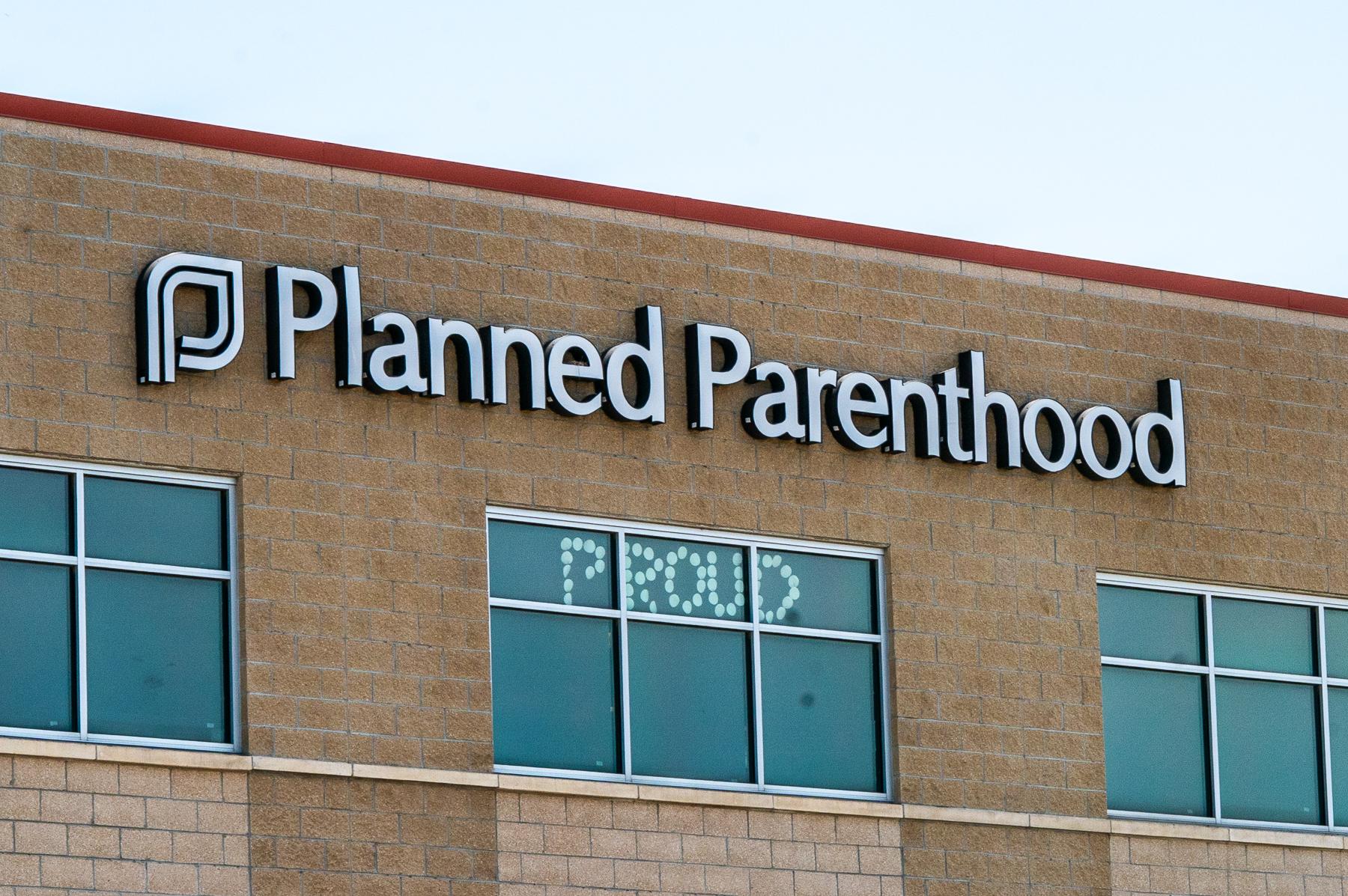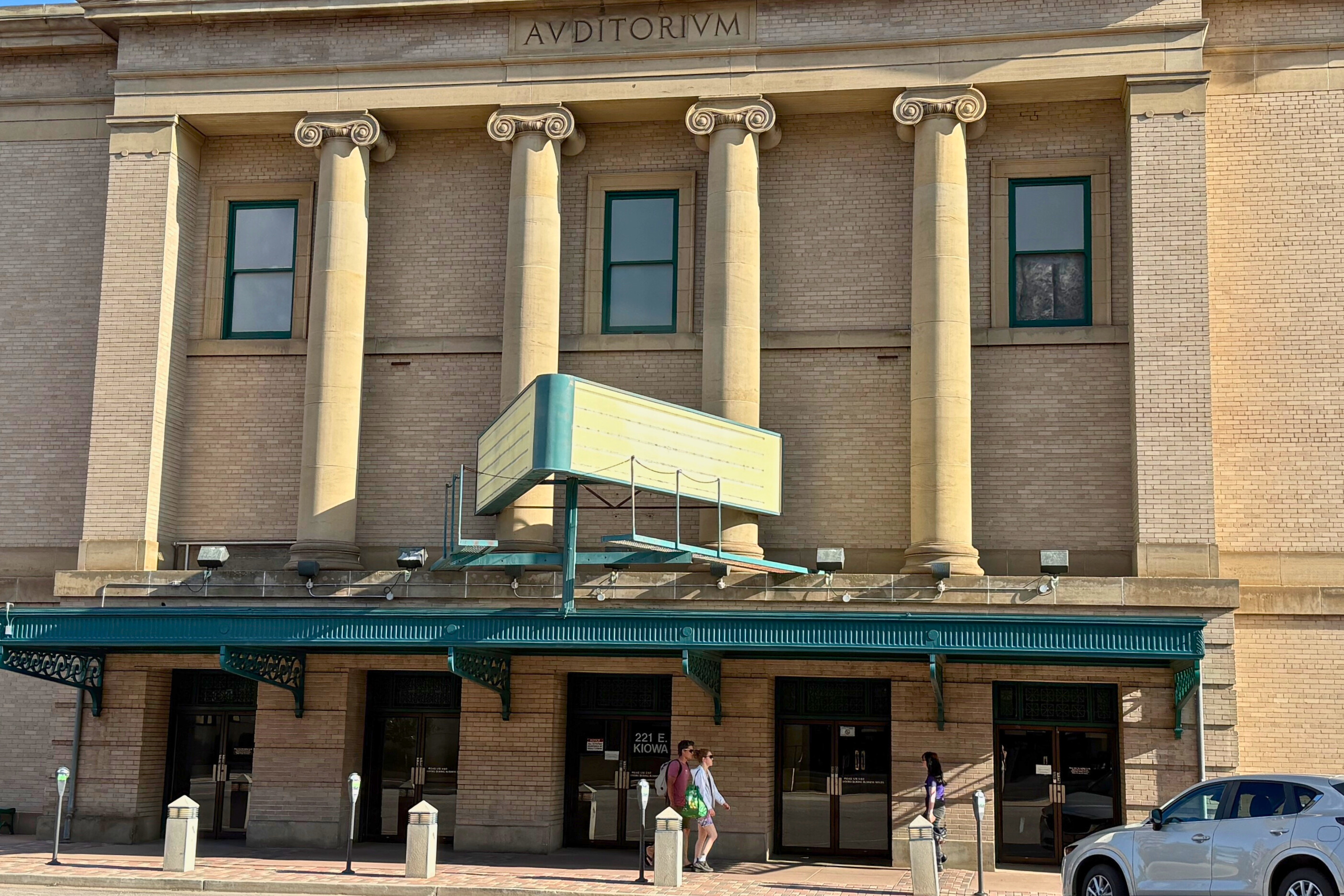
Jeffco Public Schools and Westminster Schools share a border and, it stands to reason, their leaders share the same concerns for their students, families, teachers and support staff.
But as Westminster prepares to return to in-person learning Monday after two weeks off, Jeffco Schools will send all students in grades 6-12 home to go remote starting the same day after they attended in-person classes for much of the Fall. Younger grades in Jeffco will spend another four days in class before they too head to the laptop.
Douglas County made a similar decision Thursday, moving all students to online classes after Thanksgiving break. Mesa County's District 51 also moved high school students to online learning while promising a decision on other grades by the end of the month.
In the absence of timely guidance from the state about best practices to follow in getting kids back to class this fall, Colorado’s K-12 schools are a discombobulated hodgepodge of approaches, with different rules, different metrics and very different calendars for the academic year.
“That's a reflection of how education in this state is run in general,” said James Duffy, the chief operating officer of Westminster Public Schools, which resumes in-person on Nov. 16 after a two-week remote session amidst a spike in cases. “So this is just one more example of sort of that patchwork approach we take to education here in the state.”
State health officials have largely left districts around Colorado to figure it out for themselves — even codifying a couple of weeks ago that school districts can pretty much do whatever they want in consultation with their local public health agency.
Weeks after several districts, including Jeffco, returned to in-person learning, the state finally provided basic guidance on how to handle outbreaks. But there are no statewide standards on when to start, when to go remote, how to handle pick up and drop off, and sports.
“A lot of the school district work, of course, is done at the county level, and the state level is participating in the conversations,” said Dr. Eric France, Colorado’s Chief Medical Officer at the Department of Public Health and Environment. “The decision, though, on opening and closing are local in that regard.”
Just Wednesday, 10 days after Westminster moved to remote learning among increasing caseloads and as they were preparing to return to classrooms, CDPHE issued a new report including data on outbreaks that had occurred in schools so far this year. But the report, which said maybe districts should think about curtailing extracurricular activities, still emphasized that the decision belongs to local districts.
“CDPHE’s data suggests that K-8 schools, when implementing public health mitigation, have been able to provide a reasonably safe in-person learning environment,” the report said. “Data suggest that there is a lower risk to have in-person learning for grades K-5, a slightly higher risk for grades 6-8, and grades 9-12 are at the highest level of risk.”
By the time the report came out Wednesday, Jeffco’s board was in a meeting talking about whether to send some, most, or all students home. District administrators finalized the decision to go remote Thursday.
“There is not a hard and fast guideline or guidance coming from the state level or Jefferson County Public Health,” said Jeffco Board Member Stephanie Schooley, during Wednesday's meeting, held in socially distanced fashion with face coverings for all. “There are pieces of it that folks are willing to take responsibility for and make the call for, and pieces where districts are individually being left to make these decisions.”
Jeffco Schools staffers insisted that they are working closely with the local public health department and getting guidance from there to know when it is time to shift to remote learning, but they too expressed frustration with the state COVID-19 color-coded dial, which they also look to for guidance, but which doesn’t necessarily match up with circumstances in schools.
Westminster started school in August, like any normal year. School officials worked over the summer to develop safety protocols with the intention of providing as much in-person instruction as possible.
Others did the same, hoping to take advantage of good weather conditions, and maybe even outdoor classrooms in order to get as much in-person learning as they could before a predicted resurgence of the virus as people moved inside in cold weather.
But some, like Denver, weren’t ready in August, and barely got back to school before they were shifting back to remote for third grade and up when community spread of the virus began again.
Duffy was quick to emphasize he is not passing judgment on any other district for their decision. Each district has its own unique challenges and resources. But, for Westminster’s purposes, students need to be in class to properly serve a disadvantaged population.
“We have a lot of second language learners,” Duffy said. “We have kids who need to be in school. They need that structure ... We're going to continue to work hard within the parameters that we're given to make sure schools can stay open."
But even well-resourced private schools are feeling the pressure. Denver Academy, which started in-person instruction in mid-August will move to remote learning weeks sooner than they planned.
“We've had no outbreak,” head of school Mark Twarogowski said. “All of the cases that we've had have been isolated to a single student in a single cohort, but at one point we had four out of our eight cohorts quarantined. And even just the amount of paperwork and communication to manage cohorts coming in and out of quarantine, not having enough teachers to teach, the arts and PE and lots of substitute stepping in, there is a tipping point where even logistically for a school, it just becomes too much.”
Still, Twarogowski knew this was coming. He said they listened to the epidemiologists who warned of that third wave timed to colder temperatures that would drive people indoors and increase the risk of transmission. Which is why they prioritized bringing kids back early to take advantage of the good weather.
He readily admits that as a small, independent private school they are blessed with resources, small class sizes and space — Denver Academy sits on a 22-acre campus. He said many public schools simply cannot afford to make it work.
“I do not envy the position they're in,” said Twarogowski.
Aurora was one of the few large districts to start and stay online for most students, with the hope that the virus might stay in check and eventually allow re-opening. That consistency is a good thing according to John Barry, the former superintendent of Aurora Public Schools for seven years. He left in 2013.
“Unfortunately, some other school districts they're going back and forth, back and forth, back and forth,” Barry said. “Very disruptive, hard to establish standards, it's disconcerting for not only the families, but also the teachers and principals.”
He said the upside to this crisis is that there can be value in online learning and the districts will develop innovative approaches that will slingshot the development of internet learning.
The downside is the fragmented approach is creating inconsistencies between and even within districts.
“I think we could have been a little bit more top-down on providing some examples of having experts together and making some conscious, conservative, concrete recommendations to school districts that this is what we should try, and this is why,” he said.
But “the hybrid system is not working,” Barry added.








